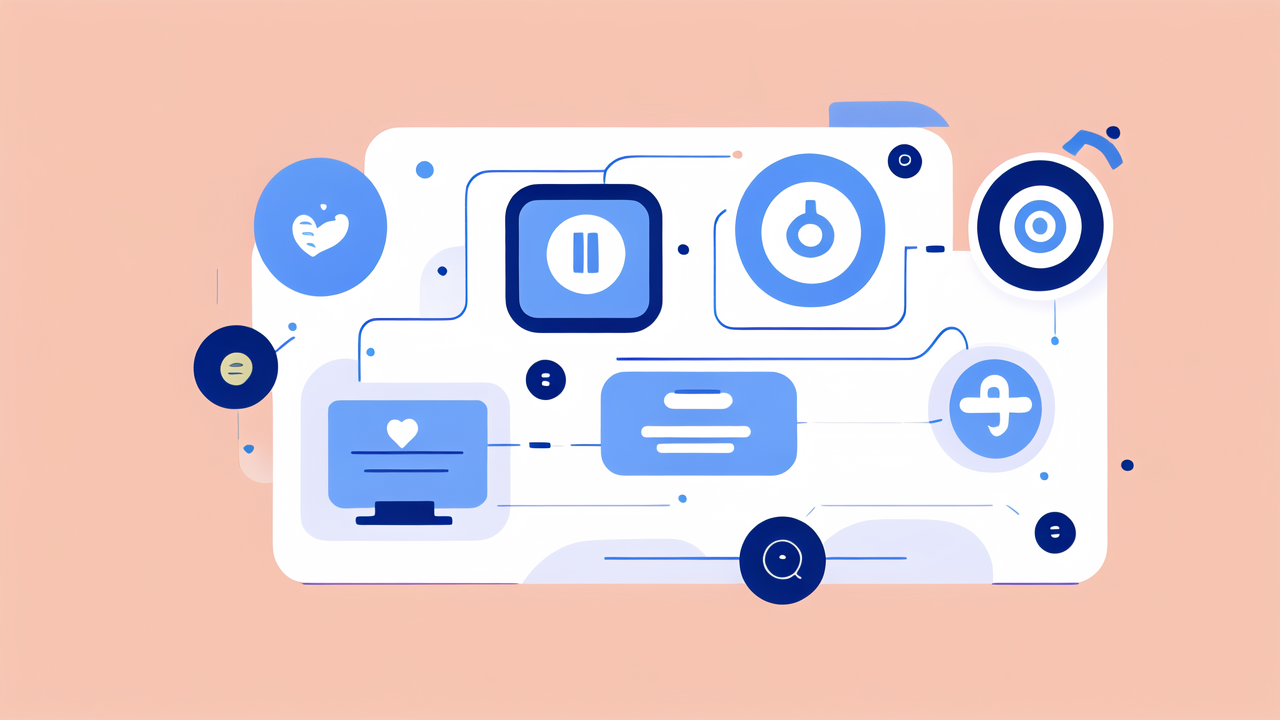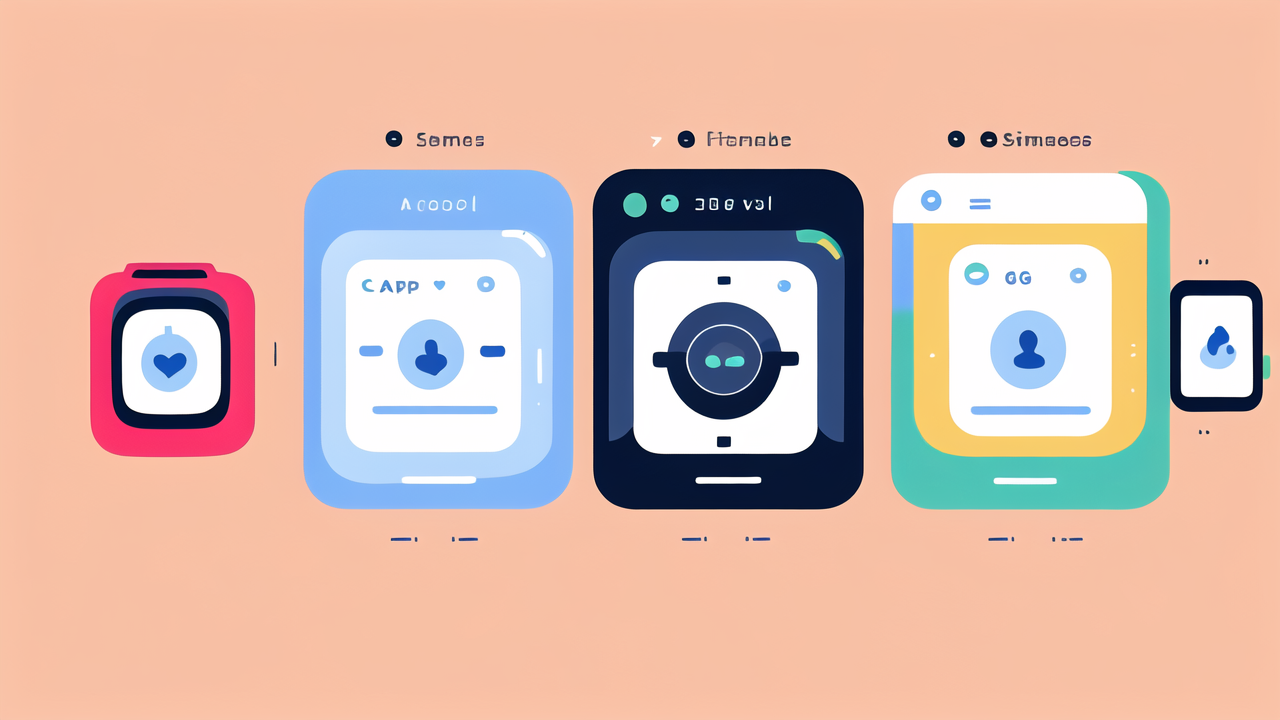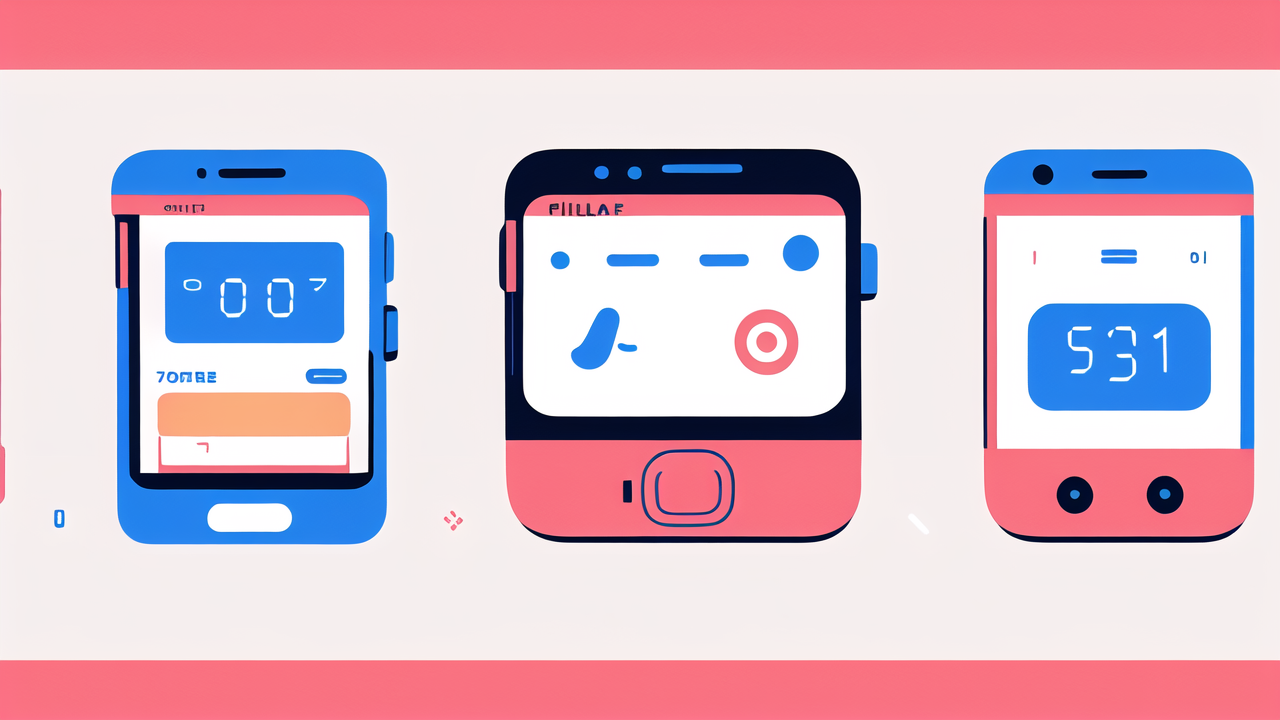The Evolution of Smart Pro Watches in the Healthcare Industry
Historical Development of Wearable Health Technology
Wearable health tech has come a long way. It started with simple step counters. Now, we have smart pro watches. These devices can track many health metrics. Early versions focused on fitness. They counted steps and calories burned. Over time, they got smarter.

Makers added heart rate monitors. This was a big step forward. It allowed for better fitness tracking. Soon, sleep tracking became common. This helped users understand their rest patterns. As tech improved, so did the sensors. Blood oxygen levels could be measured. This was once only possible in hospitals.
The rise of smartphones played a key role. It allowed for easy data syncing. Users could see their health trends over time. This made the data more useful. As demand grew, more companies entered the market. Competition led to rapid innovation. Each new model brought more features.
Technological Innovations in Modern Smart Pro Watches
Today's smart pro watches are mini computers. They pack powerful sensors in a small space. Many can take ECG readings. This helps detect heart rhythm issues. Some can measure blood pressure. This is a game-changer for heart health monitoring.
Advanced sensors can track stress levels. They do this by measuring heart rate variability. Some watches can detect falls. This is crucial for elderly users. GPS tracking is now standard. It's useful for fitness and safety.
Battery life has improved greatly. Many watches can last for days on a single charge. Screens are brighter and easier to read. Touch screens make navigation simple. Voice control is becoming more common. This makes the watches easier to use while exercising.
Impact of Wearable Technology on Health Monitoring Practices
Wearable tech is changing how we monitor health. It gives users more control over their wellness. People can track their own vital signs daily. This helps catch potential issues early. It also encourages healthier habits.
Doctors are using this data too. It gives them a more complete picture of a patient's health. They can see trends over time, not just snapshots. This leads to better diagnoses and treatment plans. Some insurance companies offer discounts for using these devices.
Wearables are making healthcare more proactive. Users get alerts about potential health issues. This can prompt them to seek care sooner. It's especially helpful for managing chronic conditions. Patients with diabetes can track glucose levels constantly. Heart patients can monitor their heart rate and rhythm.
Key Features of Top Smart Pro Watches for Healthcare Professionals
Advanced Monitoring Capabilities for Health and Wellness
Smart pro watches offer a wide range of health monitoring features. Heart rate tracking is now very accurate. Many watches can detect irregular heartbeats. This can help identify conditions like atrial fibrillation. Blood oxygen monitoring is common. It's useful for detecting sleep apnea and other breathing issues.

Some watches can measure ECG. This was once only possible with large machines. Now, it's on your wrist. Stress monitoring is becoming more advanced. Watches can suggest breathing exercises when stress is high. Sleep tracking has improved too. It can identify different sleep stages.
Body temperature sensors are being added to some models. This can help detect fevers early. Some watches can even measure blood glucose without needles. This is a big help for people with diabetes. Fitness tracking has become more precise. Watches can recognize different types of exercises automatically.
Integration of AI and Machine Learning in Health Wearables
AI and machine learning are making smart watches smarter. These technologies help make sense of all the data collected. They can spot patterns that humans might miss. This leads to more accurate health insights.
AI can predict health events before they happen. For example, it might warn of an upcoming migraine. Machine learning improves the accuracy of measurements over time. It learns from each user's unique patterns. This makes the data more personalized and useful.
These technologies also help with user engagement. They can provide personalized health tips. They might suggest when to exercise or how to improve sleep. AI chatbots in some watches can answer health questions. This gives users instant access to basic health information.
The Role of Connectivity and Data Analysis in Smart Pro Watches
Connectivity is key for smart pro watches. Most sync with smartphones. This allows for easy data viewing and analysis. Many can connect directly to the internet. This means they can work independently from phones. Some can even make calls and send texts.
Data analysis turns raw numbers into useful insights. Apps show trends over time. They can highlight areas of concern. Many integrate with other health apps and devices. This creates a more complete health picture.
Cloud storage keeps data safe and accessible. Users can share data with doctors easily. Some watches can send alerts to emergency contacts. This is helpful for people with chronic conditions. Real-time data sharing is becoming more common. It allows for remote patient monitoring.
Regulatory and Ethical Considerations for Smart Pro Watches in the United States
FDA Regulations and Compliance for Health Wearables
The FDA plays a big role in regulating health wearables. Not all features need FDA approval. Basic fitness tracking doesn't require it. But medical features do. This includes ECG and blood oxygen monitoring. The FDA ensures these features are safe and accurate.

Companies must prove their devices work as claimed. This involves rigorous testing. The process can be long and expensive. But it's crucial for user safety. The FDA also monitors these devices after approval. They track any reported issues or side effects.
As technology advances, regulations evolve too. The FDA is working to keep up with new innovations. They're trying to balance innovation with safety. Some features fall into a gray area. The FDA is working on clearer guidelines for these cases.
Ethical Implications of Wearable Technology in Healthcare
Wearable tech raises important ethical questions. Privacy is a major concern. These devices collect a lot of personal data. Users need to trust that this data is secure. Companies must be clear about how they use this information. Some worry about data being sold or shared without consent.
There's also the issue of access. Not everyone can afford these devices. This could create a healthcare divide. Those with smart watches might get better care. Insurance companies might favor those who use wearables. This raises fairness concerns.
The accuracy of these devices is another ethical issue. People might rely too much on them. This could lead to missed diagnoses or false alarms. There's a need for clear communication about device limitations. Users should know when to seek professional medical advice.
Future Outlook: Trends and Predictions in Smart Pro Watch Adoption
The future of smart pro watches looks bright. Adoption rates are expected to keep rising. More healthcare providers are embracing this technology. It's becoming a valuable tool for patient care. Insurance companies are likely to increase incentives for using these devices.
We can expect even more advanced sensors. Non-invasive glucose monitoring could become standard. Mental health tracking might improve greatly. Watches could detect mood changes and stress levels more accurately. This could help with early intervention for mental health issues.
Integration with other health systems will increase. Watches might connect directly to hospital systems. This could streamline patient care. AI will become more sophisticated. It might offer more personalized health recommendations. As prices drop, these devices will become more accessible. This could lead to wider adoption across all age groups.




Leave a comment
This site is protected by hCaptcha and the hCaptcha Privacy Policy and Terms of Service apply.